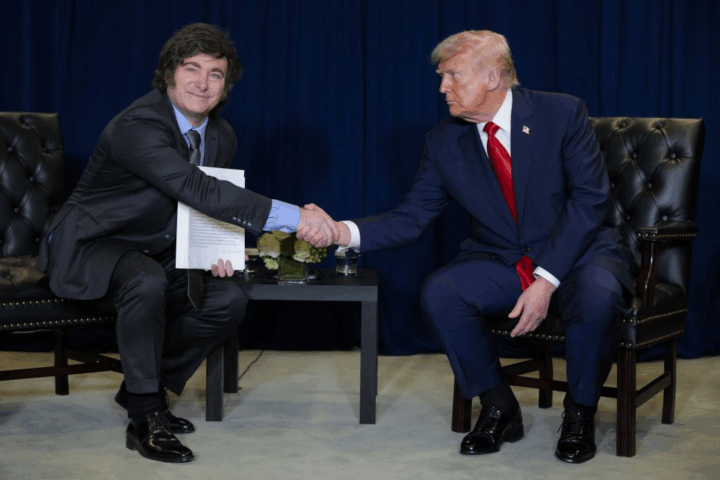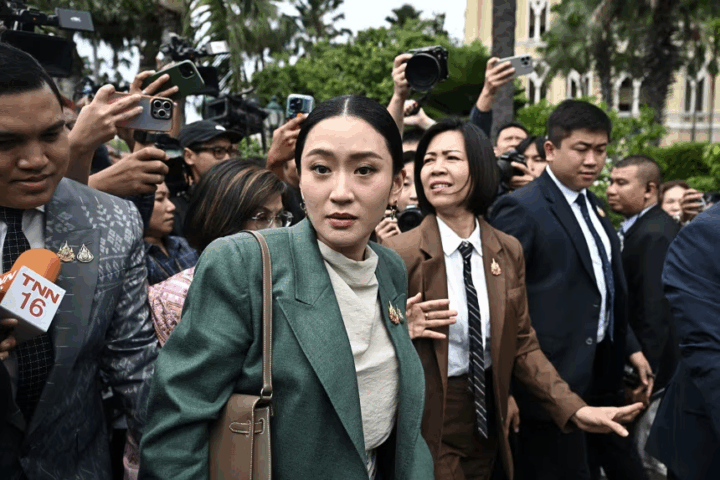The recent wave of unrest in Los Angeles has erupted in response to large-scale federal immigration raids that swept through the city and surrounding areas, targeting undocumented workers and sparking widespread protests from Latino-majority neighborhoods to the heart of downtown. As tensions escalated between demonstrators and law enforcement, President Donald Trump ordered the deployment of National Guard troops to Los Angeles County—a move met with sharp criticism from California Governor Gavin Newsom and local officials, who argue it exacerbates rather than resolves the crisis. The conflict has laid bare deep divisions over immigration policy, civil rights, and the limits of federal authority in a city that stands as a symbol of America’s diversity and struggle for immigrant rights.
Background and Context
- The unrest began after a series of large-scale immigration raids by U.S. Immigration and Customs Enforcement (ICE) across multiple Los Angeles locations, including Home Depot stores, a doughnut shop, and a clothing warehouse in the Fashion District, targeting undocumented immigrants suspected of using fake documents.
- Over 100 individuals were arrested during these raids, sparking outrage and protests primarily in Latino-majority neighborhoods such as Paramount, Compton, and downtown Los Angeles.
- The raids were part of the Trump administration’s intensified immigration enforcement strategy, with President Trump characterizing protests against ICE operations as a form of rebellion.
- California Governor Gavin Newsom and Los Angeles Mayor Karen Bass condemned the raids and the federal response, criticizing the deployment of National Guard troops as provocative and a breach of state sovereignty.
What Has Transpired
- Initial protests started on June 6 with small gatherings near raid sites but quickly escalated as crowds grew and confrontations with law enforcement intensified.
- On June 7, President Trump ordered the deployment of at least 2,000 National Guard troops to Los Angeles without the consent of Governor Newsom, marking a rare federal intervention that drew sharp criticism from state officials.
- Protests turned violent with demonstrators blocking the 101 Freeway, setting self-driving Waymo vehicles on fire, throwing rocks, bottles, and fireworks at law enforcement, and erecting barricades from shopping carts and debris.
- Law enforcement responded with tear gas, rubber bullets, flash-bang grenades, and declared parts of downtown Los Angeles an unlawful assembly area, making multiple arrests.
- Clashes occurred near federal buildings, including the Metropolitan Detention Center, where detainees were held, and in suburbs like Paramount and Compton, where federal agents used tear gas against protesters.
- The LAPD faced criticism for delayed response times and was placed on tactical alert; some officers were injured during confrontations.
Consequences
- The unrest has resulted in dozens of arrests, injuries to law enforcement officers, and significant property damage including burned vehicles and vandalized public and private property.
- The deployment of National Guard troops without state approval has sparked a political and constitutional crisis between the federal government and California state officials, highlighting tensions over immigration policy and state sovereignty.
- The protests have heightened fear and anxiety within immigrant communities, with reports of children being restrained and educators apprehended, further escalating tensions.
- Economic impact includes disruptions to traffic and local businesses, with insurance claims related to the unrest estimated between $1 billion and $2 billion.
- The situation has drawn national attention, with federal officials labeling the protests as violent riots and accusing local leaders of failing to maintain order.
What to Expect Next
- Governor Newsom has formally requested the federal government to revoke the National Guard deployment, warning that the military presence will worsen tensions rather than restore order.
- The possibility of further federal military escalation exists, with the U.S. Secretary of Homeland Security warning that Marines might be deployed if protests continue to escalate.
- Protest organizers have announced plans for continued demonstrations, indicating that unrest may persist in the coming days.
- Local authorities, including the LAPD and city officials, are coordinating strategies to manage the protests while trying to balance enforcement with protecting the right to peaceful assembly.
- The political fallout is likely to intensify as federal and state leaders continue to clash over immigration enforcement tactics and the use of military force in civil unrest.
This ongoing unrest in Los Angeles reflects deep divisions over immigration policy, law enforcement authority, and civil rights, with significant implications for the city’s social and political landscape in the near term.











